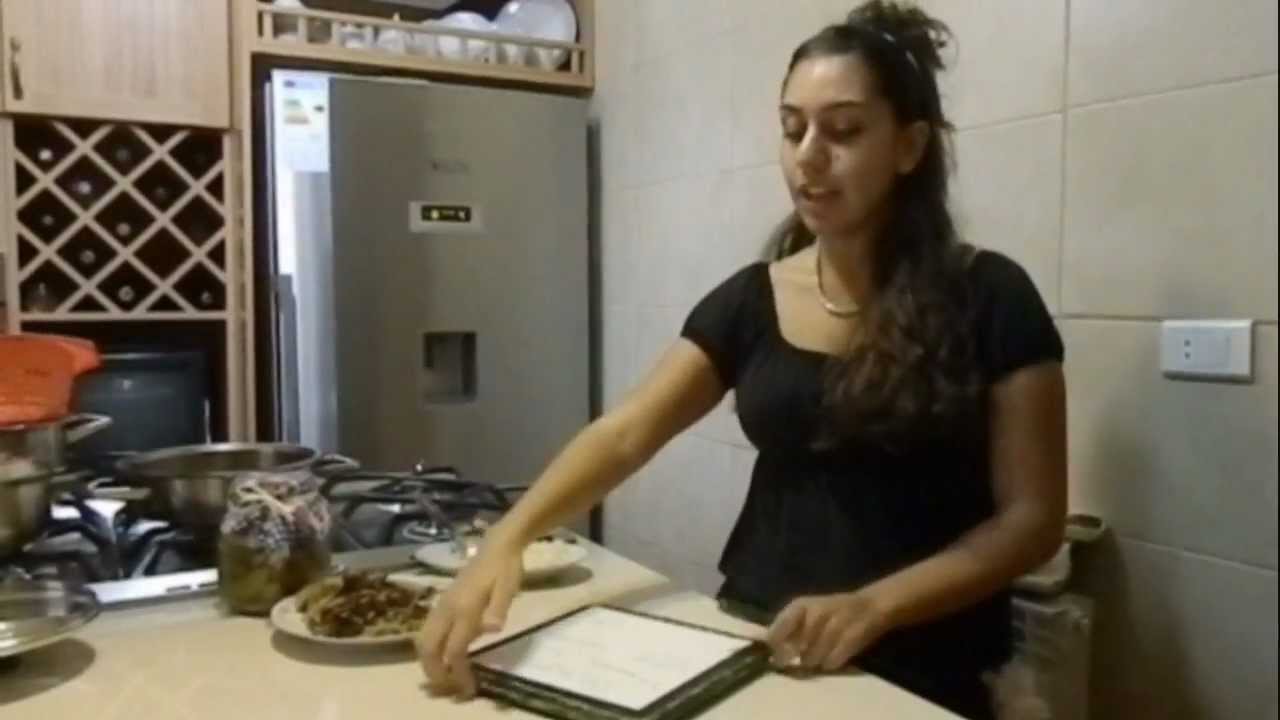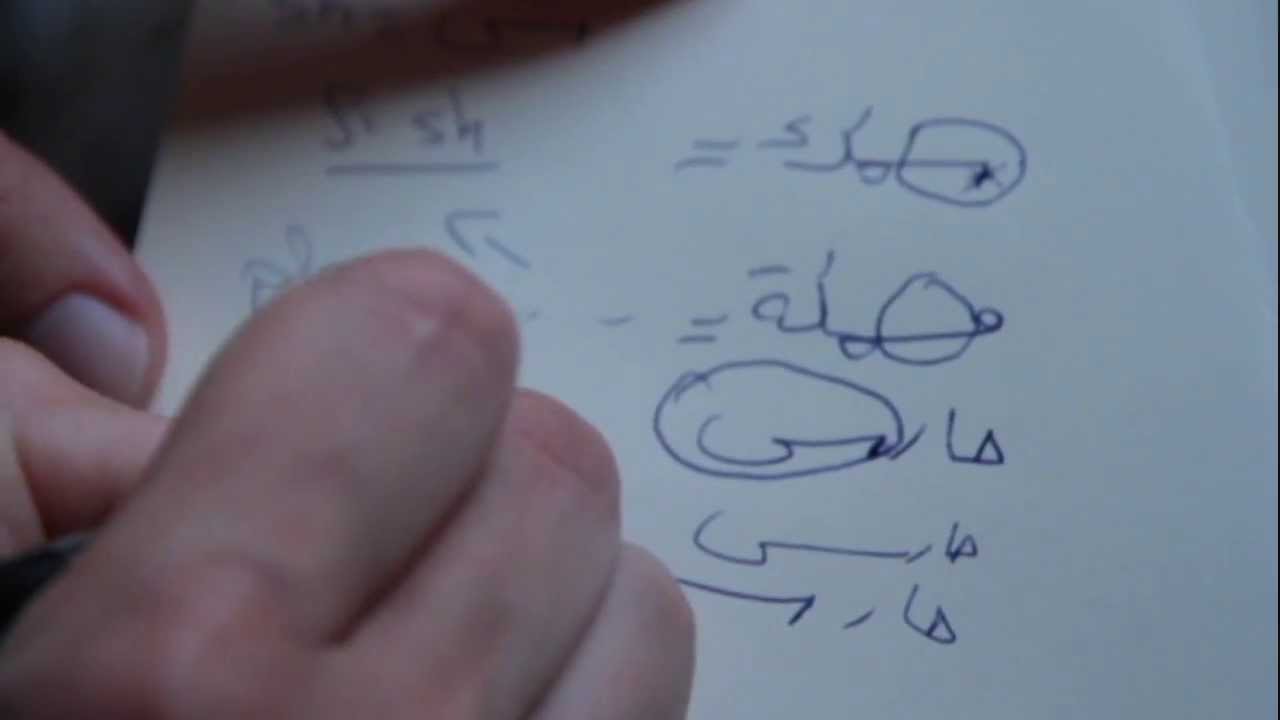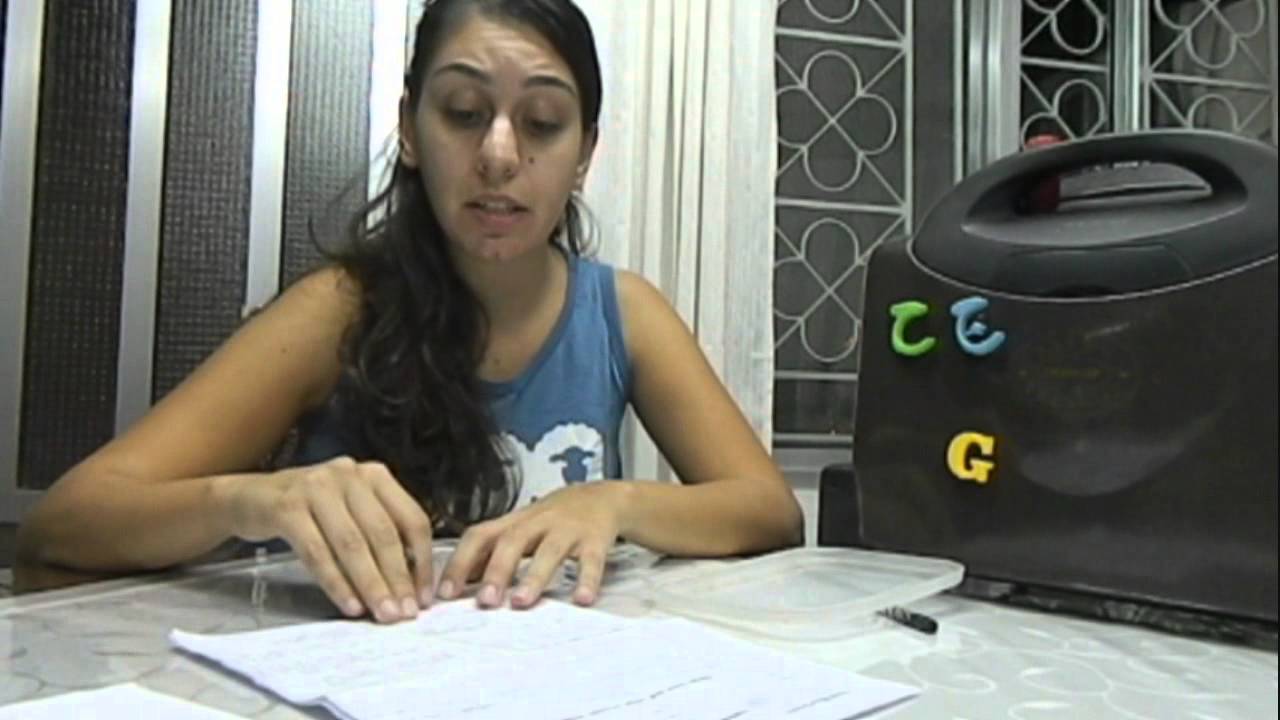In this upcoming lesson, we’re diving into the intricacies of language techniques, focusing on mastering the pronunciation of the challenging “Khaa'” (خ) letter. Many cultures find this particular sound tricky, as it doesn’t exist in their native alphabets. To help us navigate through this, we’ve invited a special guest, Daniela Abboud, a professional speech therapist, to share her expert advice and practical tips. Together, we’ll explore how to produce this sound accurately, using comparisons and hands-on exercises to ensure you grasp the concept fully. We’ll also go through various words incorporating the ‘Khaa’’ (خ), providing examples from both the fus-ha and Lebanese dialects to enrich your learning experience. So, get ready to enhance your pronunciation skills and add a new dimension to your language abilities!
Transcript
Hiba: Hello, guys! How are you? Welcome to our new lesson. So today, we are here to learn about language techniques. We are learning a difficult letter today, and it is the “Khaa’” (خ). The ‘Khaa” (خ) is like Xavier, the Spanish name, you know, Xavier. But because almost every culture does not have, or don’t have, the ‘Khaa” (خ) letter, we have today in our video a special guest. She’s a speech therapist, and she’s here to help us and give us advice about how to pronounce the ‘Khaa” (خ). Daniela Abboud, our speech therapist, do you have any advice for us?
Daniella: Well, at first, the ‘Kh’ (خ) sound is a posterior sound because it’s happening in the back of your mouth. So, you will be using the back of your tongue with the upper side of your hard palate. So it’s a simple move between these two parts of your mouth. It’s a vibration between these two. So basically, it is called a uvular sound because it’s happening in the back of your mouth also.
Well, if you want to trigger this sound, you can go like ‘K-Kh’ because ‘K’ also is a posterior sound, and it’s easy to say. So ‘K’ is very easy. So you can go from ‘K’ and moving forward to ‘KH’. So you go like ‘K-KH’. And also, you can use your hands to feel the vibrations here around your neck. You may try.
Okay, so here, here, yes, to touch the end of your mouth, the back of your mouth. So it’s ‘k-khhhhh,” and you can feel the vibrations all over here.
Hiba: I will try. Yeah!
Daniella: Yes, yeah, put your fingers a little bit from, yeah, yes, you got it. “K-Kh”
Hiba: “K-Kh”. Good, and “K-Kh” means it’s dirty, for little kids, yeah. And do you have any, here, any words that have the ‘Kh’?
Daniella: Well, at the beginning of the word, we can say the word ‘Khamseh,” which means “five”. I know you’ve learned it already with Hiba, so it’s ‘Kh’: ‘Khamseh’. And then in the middle of the words, you can go for ‘sakheef,’ which means ‘ridiculous’. Well, ‘sakheef’, let’s get the vibrations, ‘sakheef’, again. And at the end of the word, you can go for the word ‘akh’. This should be easy because it’s the, the ‘kh’ is silent. ‘akh’.
Hiba: And “akh” means brother. And P.S., all the words that Daniella shared with us are used in the fus-ha and in the Lebanese dialect. But in the fus-ha, it’s ‘khamsa’ instead of ‘khamseh’, ‘sakheef’ is the same, and “akh” is “khayy” in the Lebanese dialect.
Okay, thank you a lot, Daniella, and thanks.
Daniella: You’re welcome. And don’t forget to feel the vibrations.
Hiba: Yes, bye!




